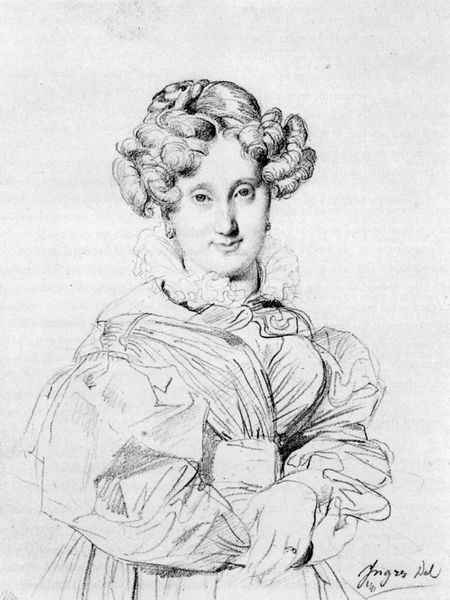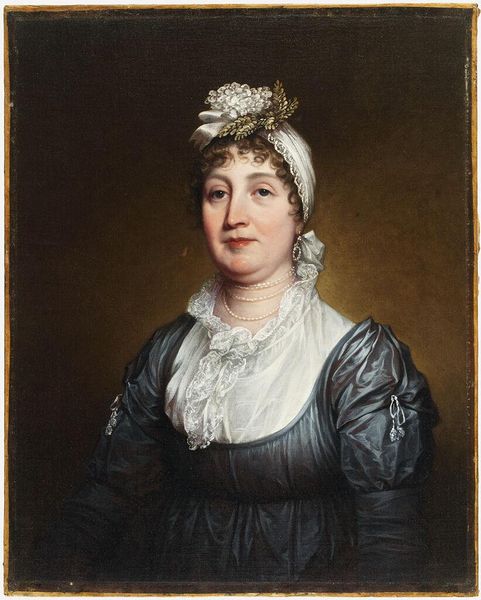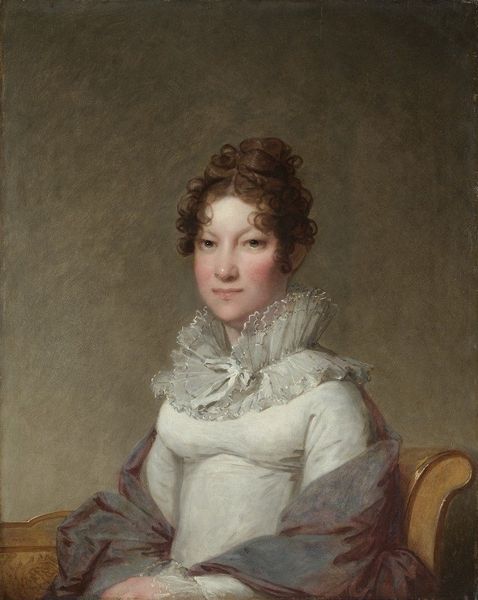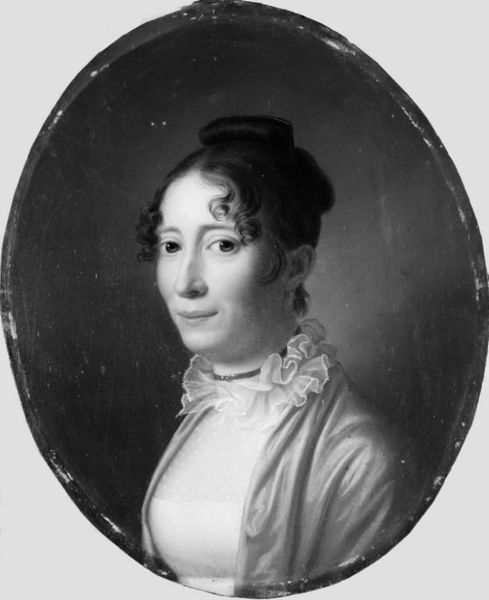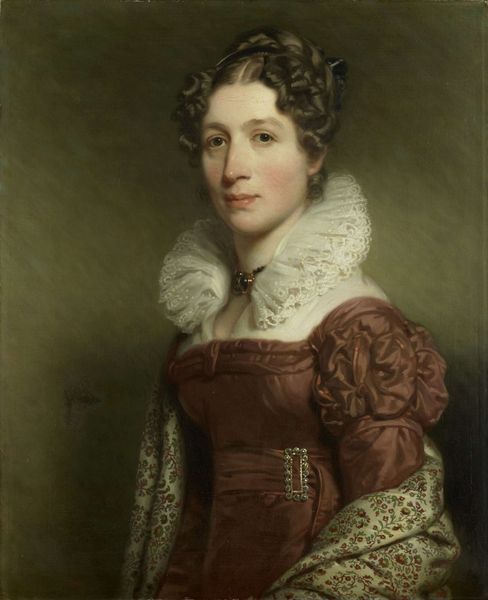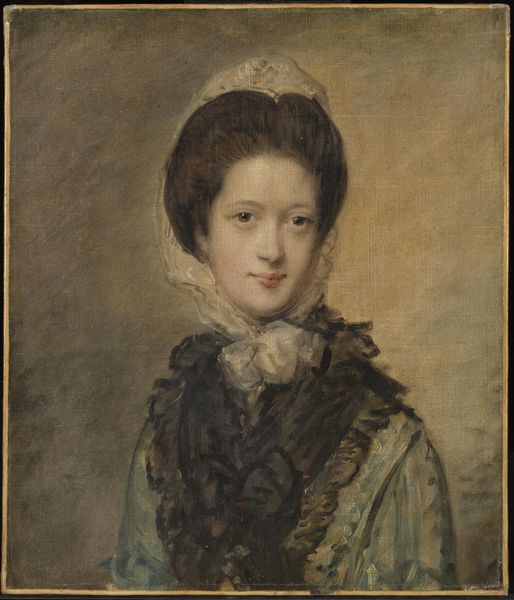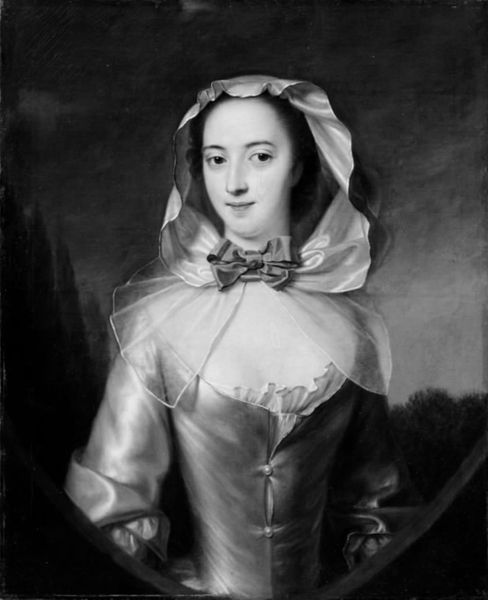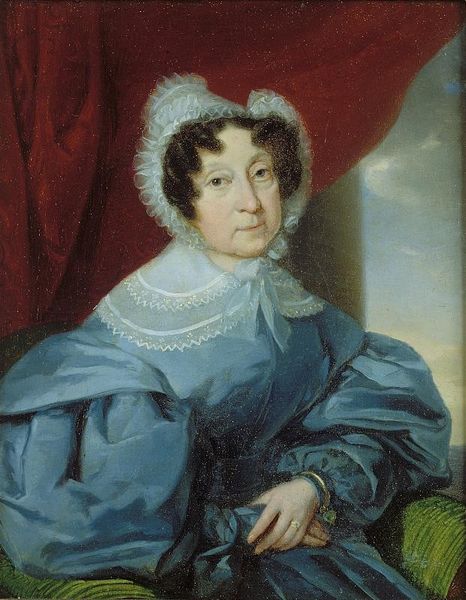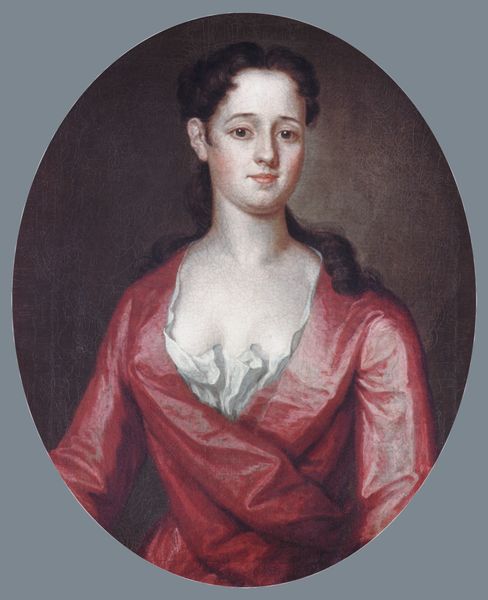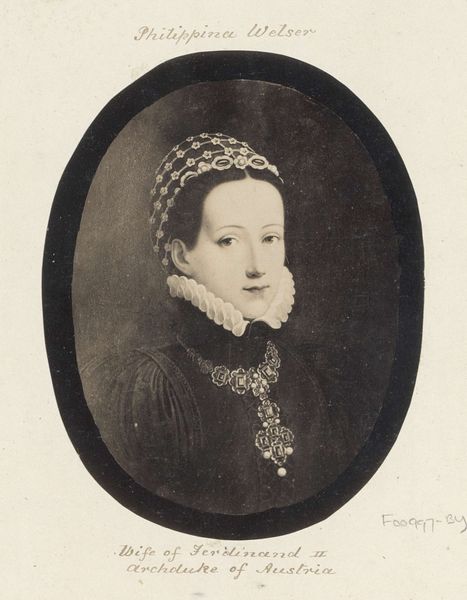
drawing, paper, pastel
#
portrait
#
drawing
#
portrait
#
paper
#
romanticism
#
portrait drawing
#
pastel
Dimensions: 490 mm (height) x 415 mm (width) (bladmaal)
Curator: Here we have Christian Horneman's "Portrait of Mrs. Toxwerd, born Lorentzen," created in 1835. The piece, held at the SMK, is rendered with pastel on paper. Editor: My initial reaction is one of understated elegance. There's a delicate, almost melancholic quality to the portrait; the muted tones amplify the feeling. Curator: Exactly, and I think that feeling aligns with a particular class performativity that was occurring at that moment in history. This drawing exemplifies how the emergent bourgeoisie in Copenhagen was invested in portraiture, wanting to claim space within a public culture. I think the pastel is crucial here; it isn’t the grandeur of oil. Editor: That's a fascinating point. It certainly lends a kind of intimacy. Do you think the artist consciously employed that intimacy as a statement against the established artistic conventions tied to the aristocracy? Curator: Well, let’s not overestimate the agency afforded women in this time; but, what strikes me are the accoutrements: the intricate lace, the carefully arranged hair—these all underscore a negotiation between bourgeois comfort and societal expectations. Mrs. Toxwerd isn’t merely posing; she’s declaring her social standing, engaging in a silent, visual conversation about female identity. The dress appears to constrain and support the bust, suggesting wealth, decorum, and class. Editor: You can see how such visual cues would solidify an elite class, performing gender through adornment and display. I am stuck on how the gaze avoids the viewer though. It gives a hint of submission that perhaps reinforces patriarchal constructs. Curator: Absolutely. By averting her gaze, Mrs. Toxwerd avoids direct confrontation, adhering to expected displays of humility. She's powerful, yes, but her power resides in this passive participation. Even this, though, is complicated by who she would show it to—art became an event through these displays of likeness. It showed that art patronage wasn’t limited to royalty and nobility. It opened public exhibitions to bourgeois participants. Editor: In closing, this work is evocative, both subtle and complex. Thank you for walking me through the sociohistorical details of it, I am now going to do some deep dives on social power at this time. Curator: My pleasure, art should do exactly that— provoke us into re-assessing, and, more critically, reflecting on ourselves within the frame.
Comments
No comments
Be the first to comment and join the conversation on the ultimate creative platform.
